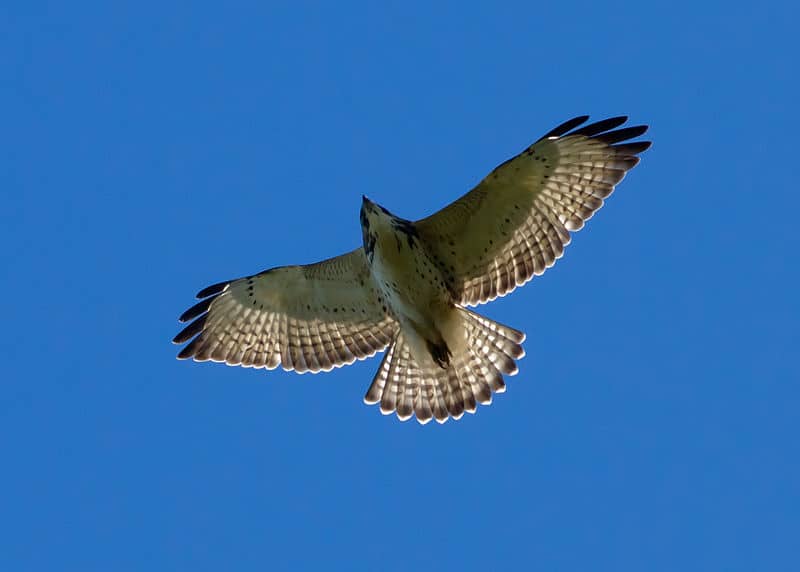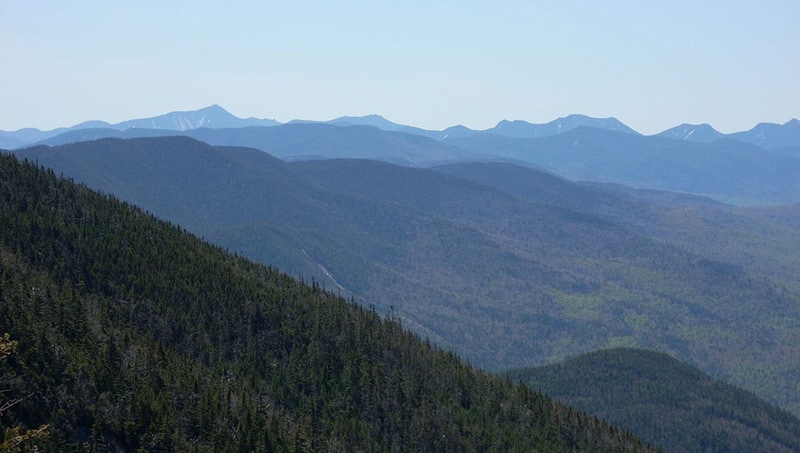Fall Birds of Missouri (September, October, November)
Autumn means there are some housekeeping duties to be done. If removable martin houses have been used, they need to be removed, as soon as the last Brazil-bound inhabitants have departed, and cleaned and stored until early spring. Do the same with the wren houses.
Next, make plans for the winter water supply. Don’t wait until ice leaves the birds without waster. Remember they need water when it is cold as well as when the temperature soars.
As the weather gets colder and the days shorter, and as those winter residents become regulars in your yard, be sure your winter feeders are set at three levels—ground, table, and tree-limb high. Do your best to make things squirrel-proof, but understand from day one that you’ll lose the battle.
Finally, bring that spring notebook back to the window and note the first day for those winter residents and the last day for the summer nesters. It makes for interesting reading with the passing years.
Be very aware, too, of the birds that pass through your yard. Fall migration tends to turn up many wanderers in the trees and shrubs of yards from farms to metropolitan high rises. Warblers, vireos, thrushes, kinglets, and sparrows seldom seen except in migration can be pleasant surprises.
Migration is a major bird phenomenon in autumn as well as in spring. Autumn has no starting date in Missouri. It often occurs in early July when the solitary sandpipers head south. By late July, adult pectoral and least sandpipers move through the state and by early August the young shorebirds are on the move and the potholes, mudflats and marshes fill up with many species, most having lost their breeding plumage, making them more difficult to identify.
Migration for most other species doesn’t reach Missouri until early September and it is not uncommon to have summer residents sharing habitat with early arrivals of northern nesters using Missouri as their winter home. Red-breasted nuthatches, arriving fall migrants, have been observed in the same tree as great crested flycatchers, departing migrants.
September and early October are filled with movement. Weather, food supply, and the lack of a primal urge to get to the breeding ground make fall migration much less frantic than spring migration.
Missouri is located on a major flyway for waterfowl, essentially reversing the spring, but with more dense flocking than was seen in the spring. By late August, the blue-winged teal have moved into the state and are mostly gone a month later. Merlin and sora and red-breasted nuthatch may show by Labor Day as well. Ring-billed gull, another winter resident, may be hanging around the dams and lakes by mid-August.
Cormorants and pelicans are early September migrants; winter wrens and swamp and Savannah sparrows take up residence after Labor Day; green herons and cattle egrets are gone by then, along with most thrushes; wigeon, gadwall, and ruddy ducks pass through early and most warblers and vireos are gone by October 1, though a few such as common yellowthroat and yellow-rumped warbler may linger longer.
House wrens and ruby-throated hummingbirds may linger into October along with the swallows, phoebes, and nighthawks, insectivores to be replaced by the seedeaters—sparrows, juncoes, siskins, and finches.
By mid-October the waves of ducks and geese for which the state has become famous will cover the national wildlife refuges and lakes across Missouri. Spectacular collections of snow geese at Squaw Creek and Swan Lake in northwest Missouri draw spectators from around the Midwest. As many as 350,000 snows will fill the pools at Squaw Creek. Swan Lake and adjacent Fountain Grove Conservation Area, a couple of hours southeast of Squaw Creek, often have more than 100,000 snows and Canadas, as well as huge flocks of mallards and other ducks.
Following the geese are the bald eagles that arrive in mid-November in great numbers along the Mississippi River and the many nesting areas for migrating waterfowl where they feed on weak and injured birds and fish.
Missouri often has the largest collection of overwintering eagles in the U.S. It is not an uncommon sight to see 30 eagles in the trees around the pools at Squaw Creek or Swan Lake.
Hawk migration begins in mid-September when nighthawks form into loose flocks called kettles for the journey south and the broad-wingeds move down from the north. Birders keep an eye on the weather forecasts in order not to miss the hawk migration, which is best on days following the passage of a cold front.
By mid-September, too, the flocks of blackbirds begin to grow. Red-wings fill the trees and marshes as they queue up for their journey to the Gulf Coast. Starlings often cover the yards in whole neighborhoods as they forage in ever-growing groups. Many of both species overwinter, but others migrate, flocking by the millions into Louisiana and the upper Texas coast. The starlings migrate around the Midwest, primarily in a northeast-southwest direction.
By the end of October, the movement in the state, with the exception of the geese, has slowed almost to a standstill as winter settles upon the countryside.
By the end of October, too, the state’s top birds, those St. Louis Cardinals, have completed their annual migration within their range, commonly referred to as the Major League Baseball playoffs, ending in the World Series.
Cardinals first became involved in these season-ending wanderings in 1926 when they won their first migratorial trip to the World Series, defeating the New York Yankees of Babe Ruth and Lou Gehrig, four games to three.
Since 1926, Cardinals have migrated toward the World Series 18 more times, adding eight more World Series titles. In the years when they fail to migrate through the playoffs, the Cardinals retire to their winter roosts in early October.
Autumn wildflowers are primarily purple and gold. Oh sure, there is some white around—snakeroot, guara, ladies’ tresses, Indian pipes, thoroughwort—but it is the goldenrod, the sunflowers, asters, ironweed, rubeckia, sneezeweed, partridge pea and plenty of late-summer holdovers that make autumn botanizing very interesting. Sorting out the asters, goldenrod, and sunflowers can be a challenging project.
Autumn is also mast time, or nut time. Walnuts, hickory nuts, acorns, and pecans are there for the collecting. And don’t forget persimmons. (Just make sure they’re ripe.)
Finally, Missouri autumn is possibly best remembered for the flaming color changes painting the leaves of its hardwood forests, rivaled only by New England. Depending on the weather, green is replaced beginning in late September by the reds, yellow, browns, and maroons that turn the Ozarks, the bluffs overlooking the great rivers, parks, front yards into a landscape worthy of any artist’s canvas. October is devoted to nature’s art. The colors often linger into late November as winter finally takes over.




